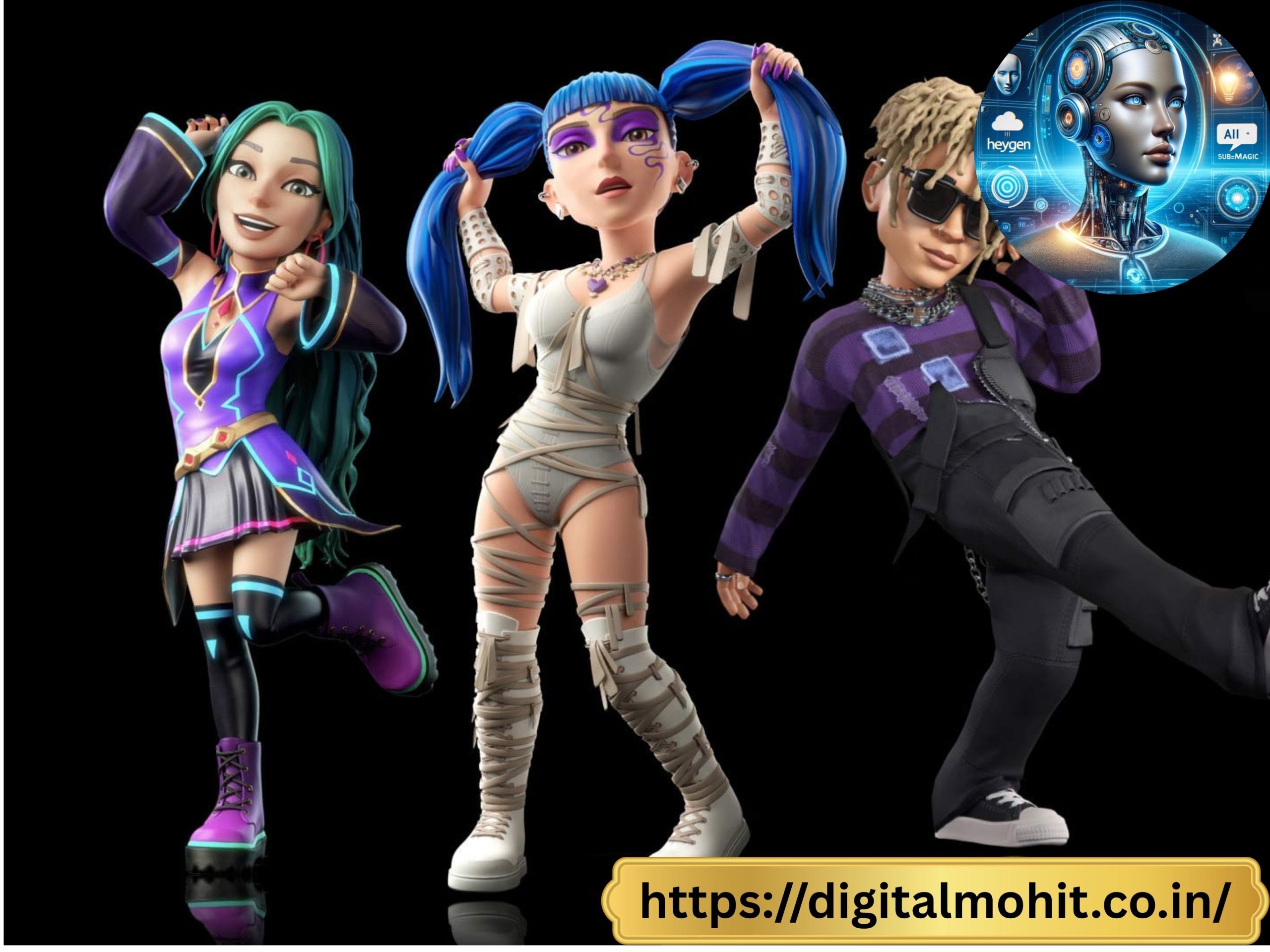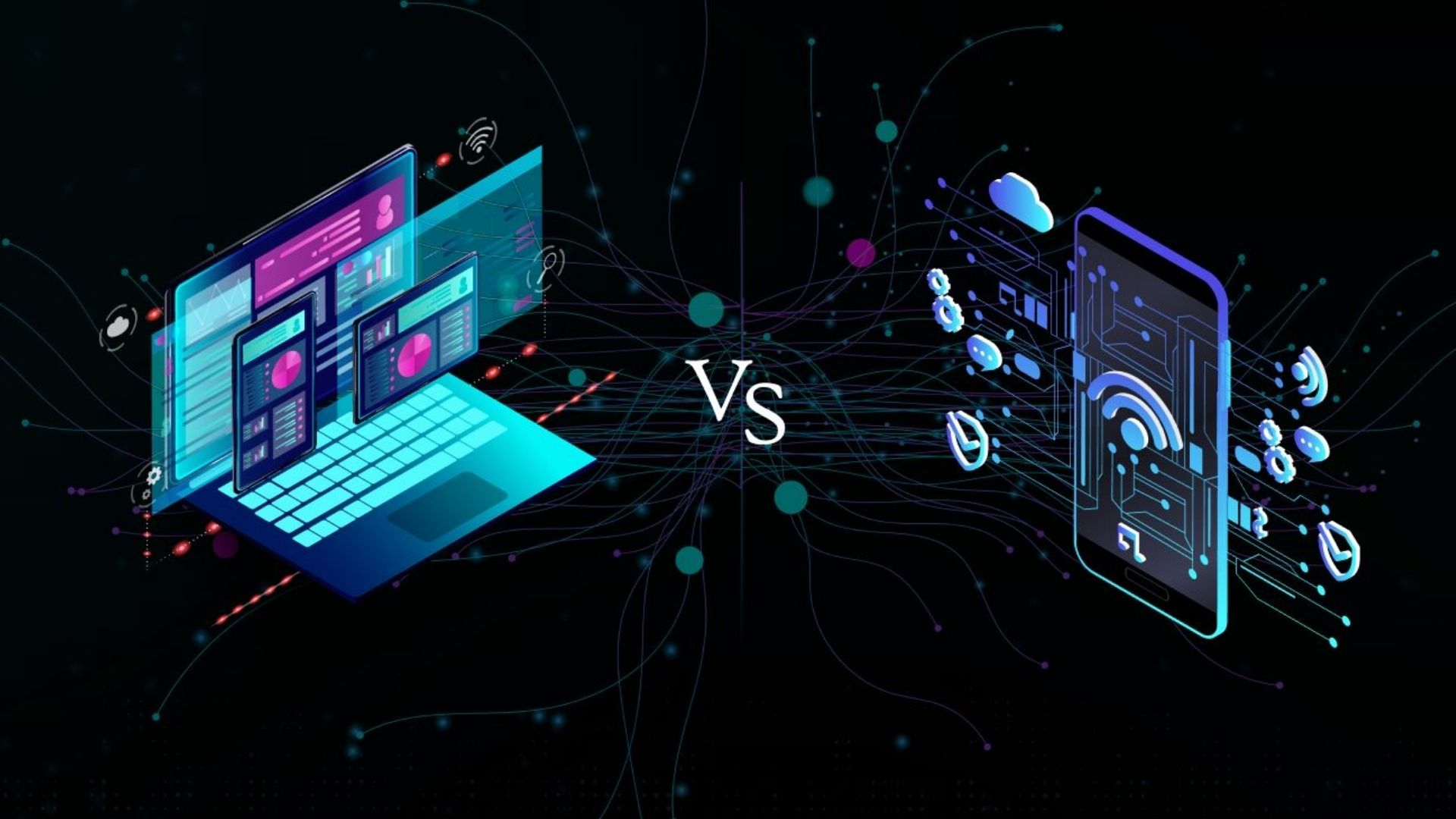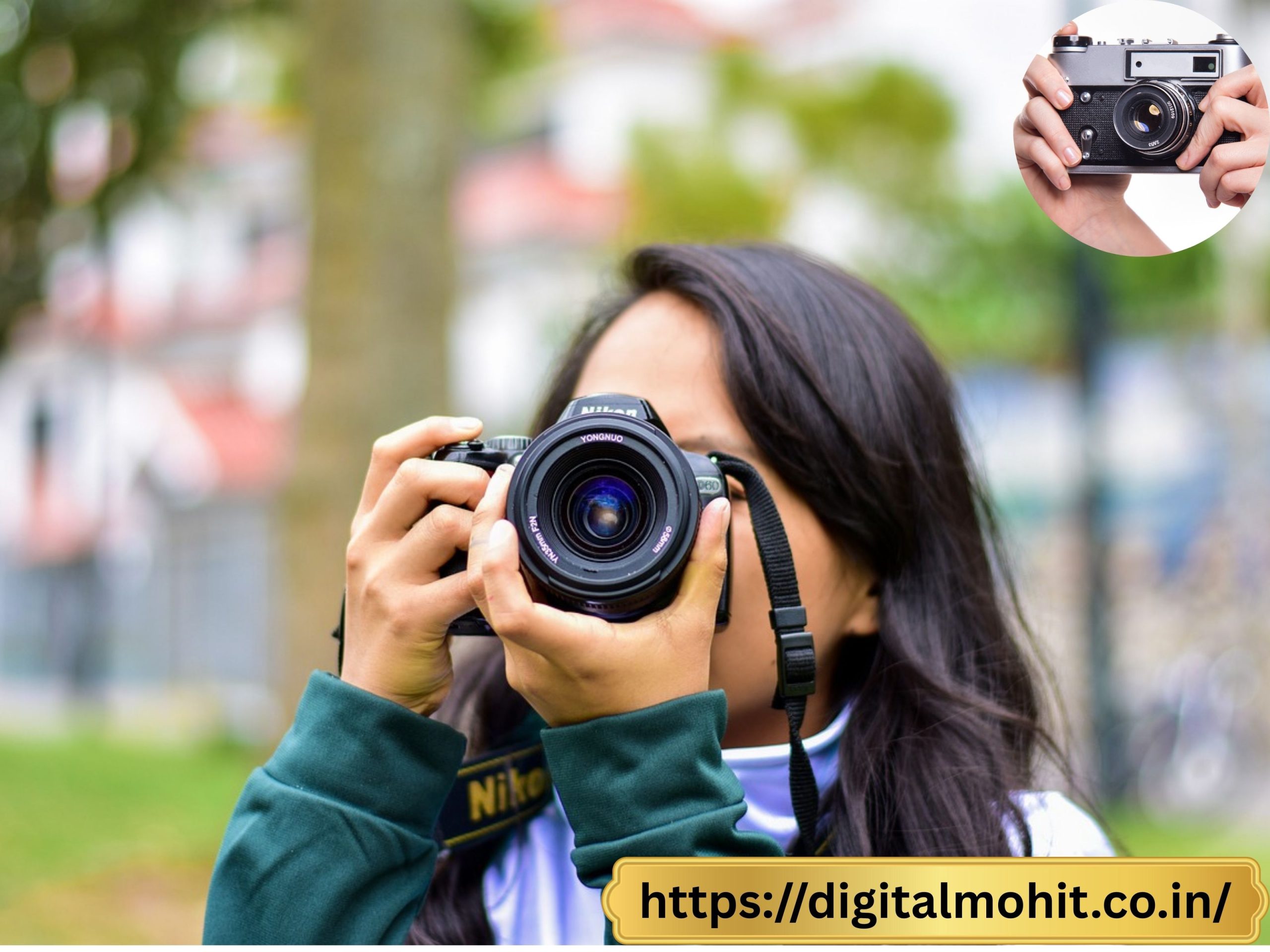In a world increasingly shaped by digital experiences, the way we show up online matters more than ever. Whether you’re logging into a video game, stepping into a virtual meeting, or exploring a metaverse platform, your avatar—the digital representation of you—plays a powerful role in expressing who you are.
But avatars are more than just pixels. They are deeply personal reflections of identity, creativity, and aspiration. Welcome to the world of avatar creation, where art meets heart, and technology meets self-expression.
READ MORE : https://digitalmohit.co.in/
The Rise of Digital Identity
Scroll back two decades, and our digital presence was mostly limited to email signatures, chatroom nicknames, and maybe a blurry webcam feed. Fast-forward to today, and we inhabit a rich, immersive ecosystem of digital realms: social media, virtual reality, online gaming, and metaverse spaces.
In these digital arenas, your avatar becomes your handshake, your outfit, your face. It’s how others see you—and how you see yourself.
From simple cartoon icons to hyper-realistic 3D renderings, avatars have evolved from novelties to necessities. They’re not just about looking cool (though that’s fun too); they’re about being seen in the digital world as fully and authentically as possible.
READ MORE : https://digitalmohit.co.in/category/news/
The Psychology Behind Avatars: More Than Just Looks
Creating an avatar may feel like playing dress-up—but it goes much deeper than picking outfits or adjusting hair color. Studies show that people often design avatars that reflect how they feel on the inside, or how they aspire to be seen.
- A shy person might create a bold, confident avatar.
- Someone exploring gender identity may find comfort in presenting their true self online before doing so offline.
- A player in a fantasy game might embody strength, wisdom, or magic they wish they had in real life.
The process of avatar creation can be healing, empowering, and even transformative. It’s not just about who you are—it’s about who you want to become.
The Art of Crafting Your Digital Self
Creating your avatar isn’t just about ticking boxes. It’s an art form. Here’s a look at how people craft their digital selves with intentionality and care.
1. Choosing the Canvas
Different platforms offer different tools. Some let you upload photos and auto-generate your look, while others give you full control over every detail—nose width, eye shape, body type, and even walking style.
The more customizable the platform, the more room you have to explore identity and nuance.
2. Colors, Clothing, and Culture
Clothing and color choices go beyond fashion—they can signal your values, heritage, or mood. Cultural garments, hairstyles, and accessories help users celebrate their roots and foster representation in digital spaces that have long been homogenous.
3. The Little Details
The curve of a smile. The tilt of a head. Freckles, scars, glasses. These seemingly small touches can make an avatar feel uniquely human. They invite connection, empathy, and storytelling.
Why It Matters: Connection in a Fragmented World
In virtual classrooms, online therapy sessions, or sprawling metaverse communities, our avatars speak before we do. They can offer a bridge to belonging, especially for those who feel marginalized in real life.
For example:
- A teenager struggling with body image may find joy in crafting a strong, proud digital version of themselves.
- Someone living with a disability might represent themselves in ways that celebrate their mobility and strength.
- A non-binary user might explore fashion and form without judgment or restriction.
These aren’t just avatars—they’re acts of courage.
The Future: AI, Emotion, and Hyper-Personalization
We’re entering an era where avatars are no longer static. Thanks to AI, facial tracking, and real-time emotion mapping, our avatars can now smile when we smile, cry when we cry, and respond dynamically to our environment.
Soon, your avatar might even learn from you—picking up your mannerisms, remembering your preferences, and evolving alongside you.
But with great power comes great responsibility. As we inch closer to digital twins and lifelike simulations, questions of privacy, consent, and authenticity will take center stage. Who owns your digital self? Who gets to use it, and how?
Humanizing the Digital: A Love Letter to Self-Expression
At its heart, avatar creation is a celebration of what makes us us. It’s about taking back agency in a world that often tries to put us in boxes. It’s about play, freedom, and identity.
To humanize digital spaces, we must continue to prioritize diversity, accessibility, and empathy in how avatars are designed and used. Whether you’re crafting a fierce warrior, a gentle scholar, or a pixel-perfect version of your real-world self, your avatar deserves to be seen—and so do you.
Final Thought: You Are the Artist
Think of your avatar as your digital canvas—a space where you can tell the world, “This is me. This is who I am, or who I dream to be.”
Whether it’s for a game, a meeting, or a metaverse party, take the time to craft it with heart. In a world of zeros and ones, authenticity still matters.
















Leave a Reply